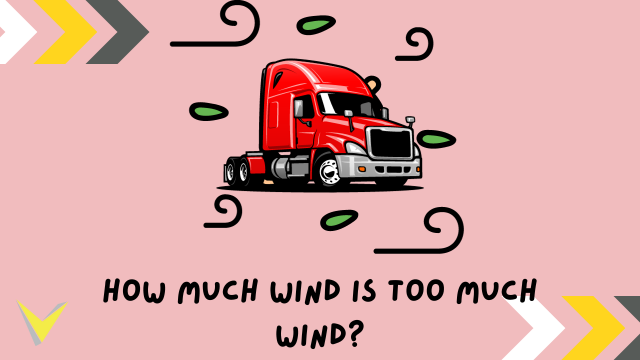Blog
How much wind is too much wind when planning a safe trip to your destination?
Wind alone can be frightening; when combined with snow or ice, it becomes even more hazardous. However, for this discussion, let’s focus solely on wind conditions on dry roads.
To start, it is essential to determine the general direction you will be traveling and find a reliable source for predicting wind direction and speed. Next, consider sustained and gust wind speeds if you anticipate encountering headwinds or crosswinds. Tailwinds generally pose fewer issues, except where road curves can create potential crosswind challenges. While there is not a definitive "GO/NO GO" guide for wind speed; personally, gusts reaching 40mph would grab attention, and anything higher would lead to remaining parked.
As with any aspect of trucking, numerous variables come into play, with your experience and comfort level driving in high wind conditions ranking among the top considerations. If you do not feel up to the challenge, staying parked is best. Remember, your dispatch will never force you to proceed if you express your concerns. There are no commendations for venturing beyond your comfort zone to deliver a load of shredded paper.
However, it is crucial to note that the weight of your load versus an empty trailer significantly affects driving in windy conditions. While a loaded trailer will still experience significant wind resistance, you may not feel the effects as much. Nevertheless, this does not imply that you should set your cruise control at 65mph and drive with a false sense of security. Reducing your speed, maintaining a firm grip on the steering wheel, and keeping your eyes focused ahead are advisable. Be cautious of open areas such as fields or exit zones that can funnel strong winds across the highway. Additionally, observe how the wind affects trucks ahead of you to prepare yourself for potential gusts. Avoid high bridges, opting for alternative routes. Although it might add a minute to your journey, it could be safer. If other trucks are overtaking you, allow them to pass. Do not let someone else's driving habits push you beyond your comfort zone. Remember, highways have multiple lanes for precisely this reason.
It is crucial to note that in high crosswinds, it is recommended to control your speed manually using the accelerator pedal rather than relying on cruise control. This way, you can react promptly if necessary. Ultimately, your fuel efficiency ranking loses all significance if you find yourself in a ditch on your side.
In conclusion, paying attention to wind speeds you may encounter on a trip is an important part of your trip planning. Make sure to always keep safety as your number one priority!


